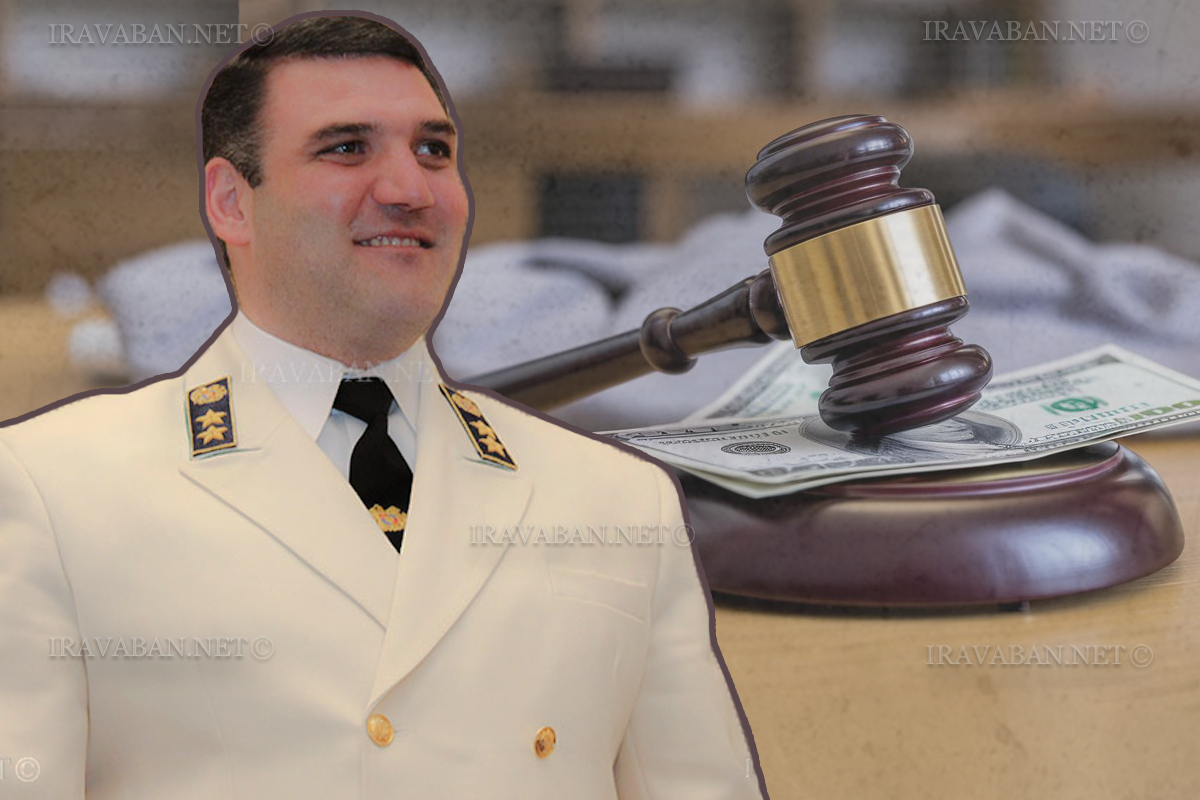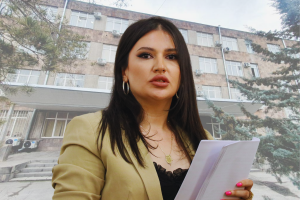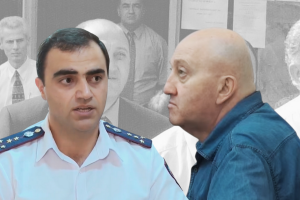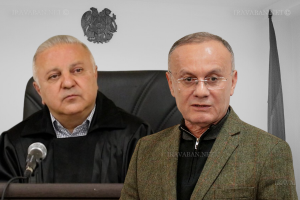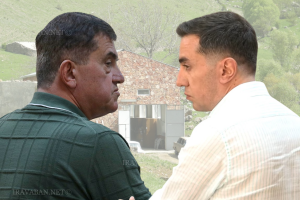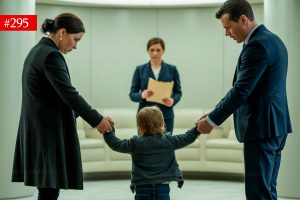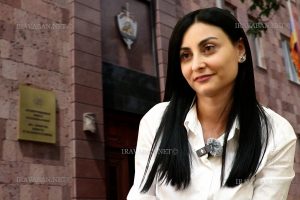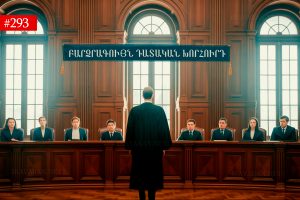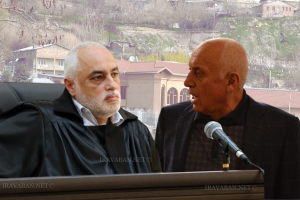On September 5, the Anti-Corruption Civil Court resumed hearings on the asset forfeiture lawsuit against former Prosecutor General Gevorg Kostanyan (currently wanted), his ex-wife Lilit Kostanyan, Gevorg Kostanyan’s former classmate Arman Galstyan, the latter’s wife Tereza Gevorgyan, and the former Prosecutor General’s nephew Ara Kostanyan. The case concerns allegedly illicitly acquired property. Judge Lili Drmeyan presided over the session.
Iravaban.net reports that the court permitted only photography of the session, with the respondent side objecting to video recording. Respondents Arman Galstyan and Tereza Gevorgyan were absent; their summonses returned to the court marked “unclaimed.”
Before proceeding to questions about the lawsuit, Varazdat Asatryan, counsel for Gevorg Kostanyan, requested the court to obtain the plaintiff’s working files of calculations to enhance case proceedings and facilitate relevant observations.
Nelli Ter-Torosyan, prosecutor from the Department for Confiscation of Illicitly Acquired Property at the Prosecutor General’s Office, acknowledged the existence of several such files but agreed to present the initial working file of the calculations.
Asatryan’s inquiry regarding the lawsuit concerned the construction date of the mansion in Tsaghkadzor, questioning whether it was built in 2000 as claimed, given that the lawsuit mentions 1999.
Ter-Torosyan clarified that the property was acquired in 1996, with the mansion constructed in 1999. She added that an expert examination was commissioned to determine the investment value.
Upon further clarification, the prosecutor confirmed 1999 as the construction completion date, citing data from the Cadastre Committee.
Asatryan noted that as of 2022, the study period was set to begin in 1996, considering that during this time, the respondent acquired the real estate, built a mansion in 2000, and Kostanyan’s income for 1996-2003 amounted to 2,300,000 drams. He questioned the feasibility of accepting 1999 as the construction completion date, given Kostanyan’s military service during that period.
The prosecutor responded that the military service claim was made by the lawyer and would require supporting documentation. She emphasized that the competent authority had determined Gevorg Kostanyan as the property owner during the period in question. Ter-Torosyan also mentioned a video presented by Ara Kostanyan’s representative, showing Gevorg Kostanyan gifting the property to his nephew.
Asatryan inquired whether the 1996 study considered Gevorg Kostanyan maintaining a separate household and any interconnections with other individuals during that period. The prosecutor referred to previous court sessions, explaining that if Kostanyan had shared a household with his parents, his legal income would have been attributed to one of them, potentially leading to more negative consequences. Thus, he was considered to be maintaining a separate household.
The discussion then turned to construction work on the property from 2018 until the end of the study. The prosecutor cited an expert conclusion stating that the investment value of the construction work as of 2000 ranged from 82,300,000 to 100,880,000 drams.
When asked about the legal elements for considering each property as having a real beneficiary, Ter-Torosyan explained that all terms revealing the concept of a real beneficiary are relevant, encompassing control, expense, benefit, and representation.
The prosecutor noted that the basis for acquiring the property in Jrvezh community stemmed from preliminary investigation data and corresponding testimonies. Asatryan inquired whether all testimonies were presented, to which Ter-Torosyan confirmed that those substantiating the claim’s basis were included.
The discussion then shifted to the entrepreneurial activities of Martin Badalyan, considered interconnected with Gevorg Kostanyan. The prosecutor stated no such data was known but confirmed that measures were taken to clarify the property situation. She revealed that Badalyan, as Kostanyan’s driver, acquired numerous deposits and real estate during Kostanyan’s tenure and acted as a representative for both Lilit and Gevorg Kostanyan in various transactions.
Asatryan argued that mere employment association was insufficient to attribute Badalyan’s property and income to Kostanyan. Judge Drmeyan emphasized the importance of this issue, noting its potential impact on the case and the claim’s basis.
The respondent’s representative stressed the need to separate Gevorg and Lilit Kostanyan’s expenses, given their separation since 2018-2019 and earlier divorce, with one party currently abroad.
The plaintiff maintained that the divorce did not signify the cessation of a joint household, citing border crossing histories, witness testimonies, and other data to support this stance.
Asatryan inquired about the inclusion of Gevorg Kostanyan’s lecturing income in the calculations. The case economist confirmed its inclusion, referencing State Revenue Committee files and listing the educational institutions where Kostanyan taught. Business trip expenses were also noted as part of the calculations.
Regarding post-2019 study methods, the prosecutor revealed that after the divorce, while Gevorg Kostanyan was wanted, Lilit Kostanyan made property acquisitions in Greece. However, Lilit later testified to having no connection to these properties, leading the competent authority to conclude that Gevorg Kostanyan remained the real beneficiary.
Asatryan stated that during the evidence presentation phase, they would provide additional justifications demonstrating that neither Gevorg nor Lilit Kostanyan have any connection to the properties in question.
The session was adjourned, with the next hearing scheduled for October 30, where the respondent side will continue their inquiries regarding the claim.
Mariam Shahnazaryan

